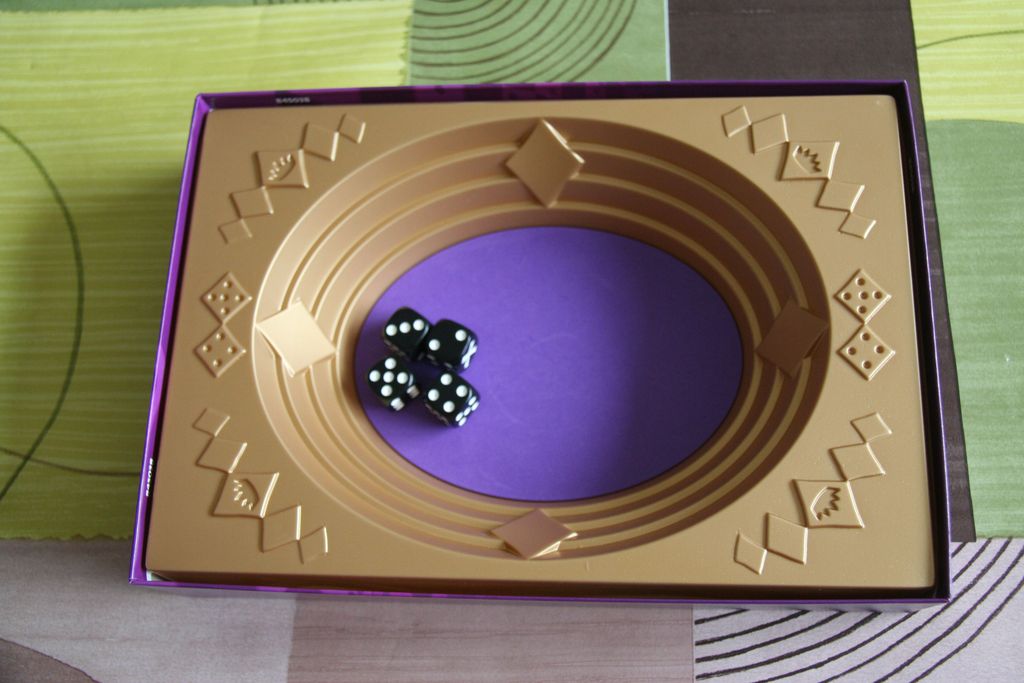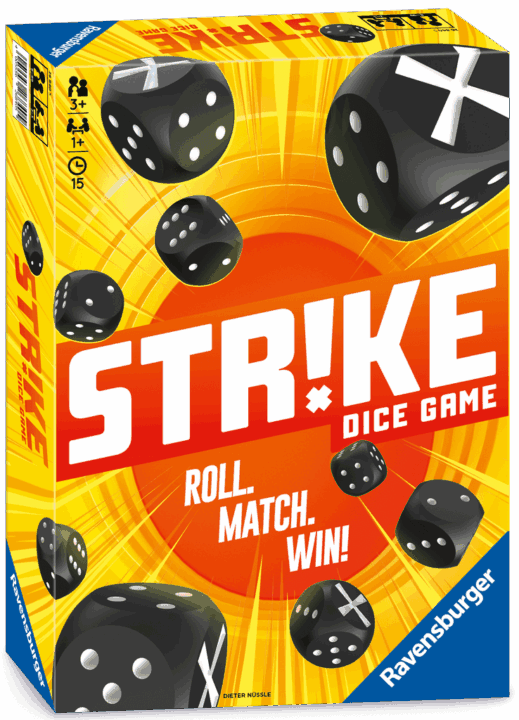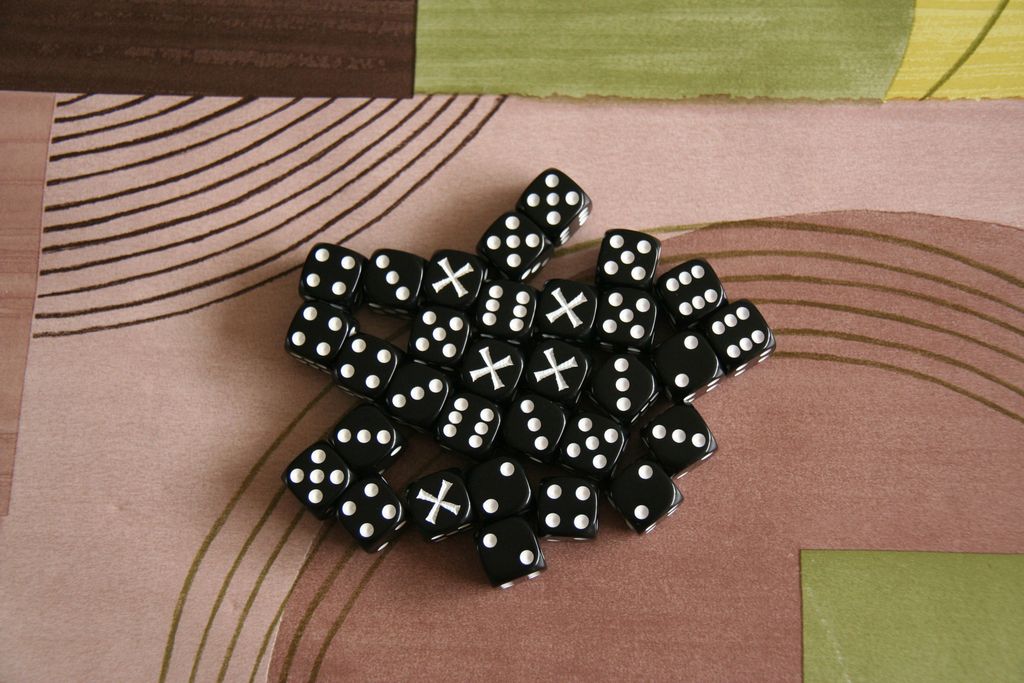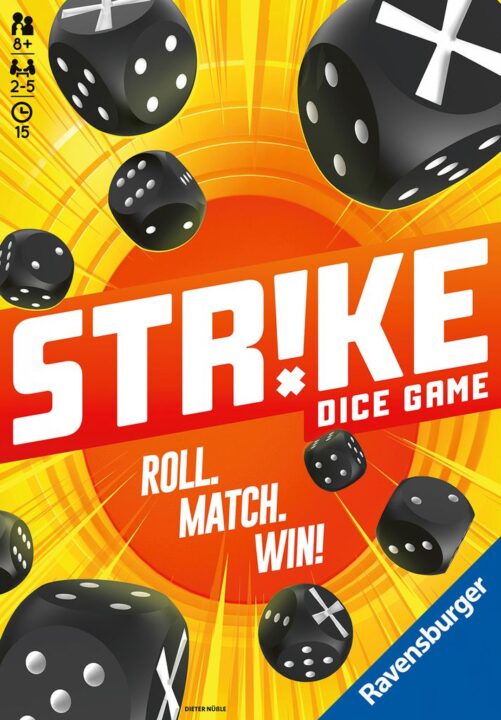Welcome to my comic attempt at reviewing Strike, the board game that’s like a gladiator arena for dice. This isn’t your typical roll-and-move affair. Oh no, Strike’s mechanics blur the lines between luck and skill. Join me as I recount hilarious tales from game nights filled with laughter, arguments, and one or two “come-from-behind” victories. I’ll walk you through the game’s exciting theme, engaging design, and the wonderful chaos that comes from player interactions. If you love a game where strategy sometimes takes a backseat to hilarious randomness, you’re in the right place. Let’s see if Strike left me with fist bumps or facepalms!
How It Plays
Strike is a game full of excitement, dice, and a dash of luck. Whether you’re a first-time player or a seasoned gamer, there’s loads of fun to be had. Let’s jump right into the action!
Setting Up
First, grab the arena (or bowl, if you’re improvising), and place it at the center of the table. Give each player the same number of dice. You can play with two to five folks, so rally your team! Decide who goes first by whatever method you fancy – youngest, oldest, or best impression of a gladiator!
Gameplay
On your turn, you toss one die into the arena. If any dice match, remove them and keep them. If nothing matches, leave the dice there and pass the turn. If you run out of dice, you’re out of the game. But fear not! Just cheer on your pals, or plot an epic comeback in your mind. This game keeps you on your toes with every throw!
Winning the Game
To claim victory in Strike, be the last player with dice left. It’s as simple as that! Whether by skillful tossing or sheer luck, staying in the game while others drop out makes you the champion. Remember, it’s not just about winning; it’s about having a great time with friends.
Want to know more? Read our extensive strategy guide for Strike.
Understanding Game Mechanics: The Fun in Strike
Strike is a zany little game that reminds me of those silly coin toss games we all played as kids—“Heads or tails?” Now imagine doing that in a gladiator arena, but with dice! The mechanics are simple, yet surprisingly engaging. You throw dice into a small arena, kind of like rolling thunder, and hope they land showing the same number. Matched dice get removed, mismatched ones stay, and you keep going until someone runs out of dice. It’s a perfect example of tension and laughter all squished into one small box.
One time, while playing with my buddies, I aimed way too high and the dice popped right out of the arena. We all laughed so hard, I almost fell off my chair. But that’s Strike for you; it’s unpredictable! Now, I usually dislike games where luck plays too big a role, but here, it’s the chaotic charm of the randomness that makes it so fun. It’s sort of like life—sometimes things just roll out of the arena.
The game’s mechanics are refreshingly straightforward, making it easy for newcomers to join in. But don’t let its simplicity fool you; it keeps everyone on edge as each roll could change the course of the game. The only downside? The luck factor is strong, and strategy takes a backseat. If you’re someone who loves calculated moves, this one might not fully press your buttons.
As we toss our dice down memory lane, prepare yourself for the next exciting pit stop, where player interaction takes center stage!

How Players Connect Over Strike
Picture a group of friends huddled around a table, fingers twitching with excitement. This scene unfolds every time I play Strike. The players’ interaction is where the magic happens. It’s like being a kid at a sleepover, whispering secrets and giggling at midnight. The game’s simplicity allows everyone to jump into the action without needing a PhD in board games. Just roll the dice and try not to hit your friend’s cup!
In Strike, you don’t just watch your own dice. You keep an eye on others, hoping their disaster spells your gain. It creates a delightful tension that keeps everyone on the edge of their seats. I recall the time my friend Dave threw a dice so wildly it hit the cat. We laughed so hard it felt like exercise. It’s these moments that turn Strike from a game into an event.
The interaction isn’t just in the game mechanics. It’s the side banter, the teasing when someone rolls poorly, and the shared ‘ooooohs’ and ‘aaahs’ at every lucky roll. Strike works magic in bringing people together, even if it ends with someone dramatically tossing a die across the room in faux rage. Those interactions are the real treasure in the box.
As you try to outsmart each other, the conversation flows naturally, filled with fun and camaraderie. Now, let’s paint you a picture of Strike’s theme and design – the very backdrop to all this playful chaos.

Theme and Design in Strike
Ah, Strike! The game that throws subtlety out the window and smashes dice together in a coliseum-inspired arena. The theme of Strike is not just a backdrop; it’s part of what makes the game tick. Imagine a bunch of gladiators huddled around a pit, tossing their weapons – only this time, the weapons are dice, and the pit is a shallow plastic arena. The packaging even looks like a mini sports arena, which adds to the gladiatorial vibe.
The design is simple yet effective. Strike’s board isn’t cluttered with unnecessary details, making it easy for players to jump right in. The dice are colorful, chunky, and make that oh-so-satisfying clatter when they hit the arena. This design ensures players know where they are and what they need to do without a second thought.
As a self-proclaimed clumsy person, I appreciate the sturdiness. I’ve tipped my fair share of game pieces onto the floor, but Strike’s robust design prevents disaster. This game might not win awards for artistic flair – it won’t land in museums or galleries – but it doesn’t need to. Its charm lies in its boldness and functional style.
Strike has achieved a balance between theme and design that makes it accessible for newbies and engaging for seasoned gamers. It’s a no-fuss, high-energy game that can turn a dull evening into a spontaneous gladiatorial showdown. If you’re like me and enjoy a game that’s more about the laughs than the looks, Strike won’t disappoint.
Now, hold onto your dice because the next section tosses us into the age-old debate: how much of Strike is luck, and how much is strategy?

Luck Versus Strategy in Strike
One of the biggest debates in board games is the balance between luck and strategy. This is where Strike rolls into the spotlight with a loud clatter! Imagine a game where your fate lies in the roll of a die, and sometimes, it feels like the universe is in charge. Strike offers just that, and boy, do I have stories to share!
In Strike, players take turns rolling dice into a gladiator-style arena. You can influence the game’s outcome with skill and strategic planning, but you also need to reckon with Lady Luck. This balance of randomness and forethought makes every game a rollercoaster of emotions. I once had a strategy so foolproof that even my dog Napoleon seemed impressed. Unfortunately, in one epic fail, one roll sent my plan—and dice—spiraling into chaos.
While some folks might not like the heavy reliance on luck, others find it hilarious. When playing with my friends, a crucial roll can be met with tense silence or uproarious laughter. Personally, I don’t mind the unpredictable outcomes. They make the game feel alive and keep everyone on the edge of their seats, like that time Uncle Bob accidentally sent all his dice out of the bowl and into the cheese dip.
So, do I recommend Strike? If you’re a fan of games where strategy is secondary to fun and laughter, then absolutely! The chaos caused by rolls keeps everyone engaged. But for those who want a heavy strategy-focused game, Strike might leave you shaking your head—or shaking your dice!

Conclusion
Strike turns ordinary dice battles into gloriously chaotic fun. It’s not for strategy snobs but perfect for light, spirited play. If you enjoy friendly tension and the thrill of the dice, give it a roll! This concludes our review of Strike. Thanks for sticking around, and may your dice always bounce in your favor!

